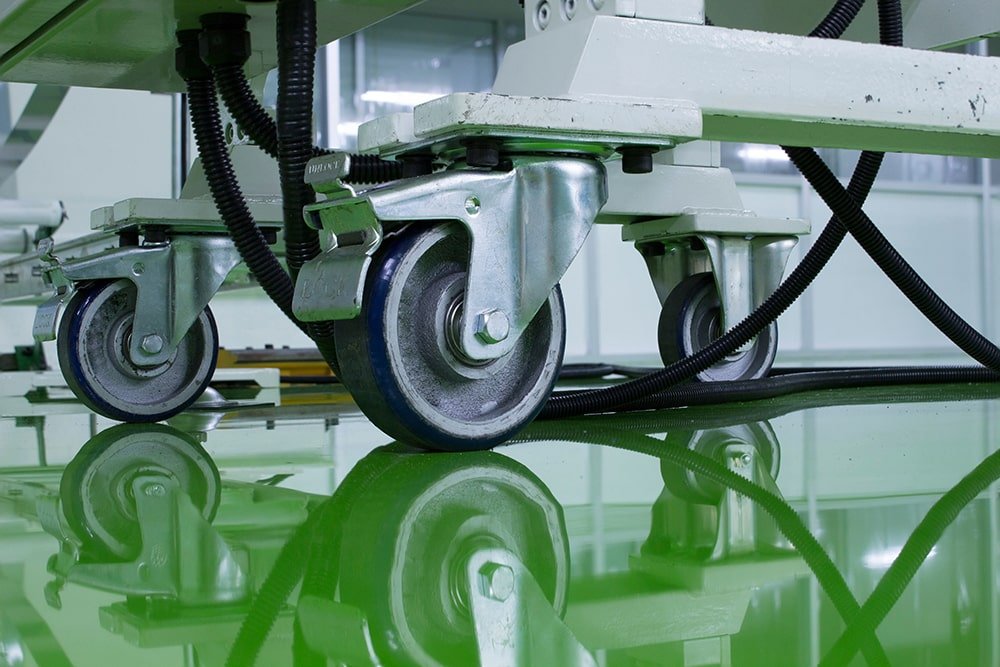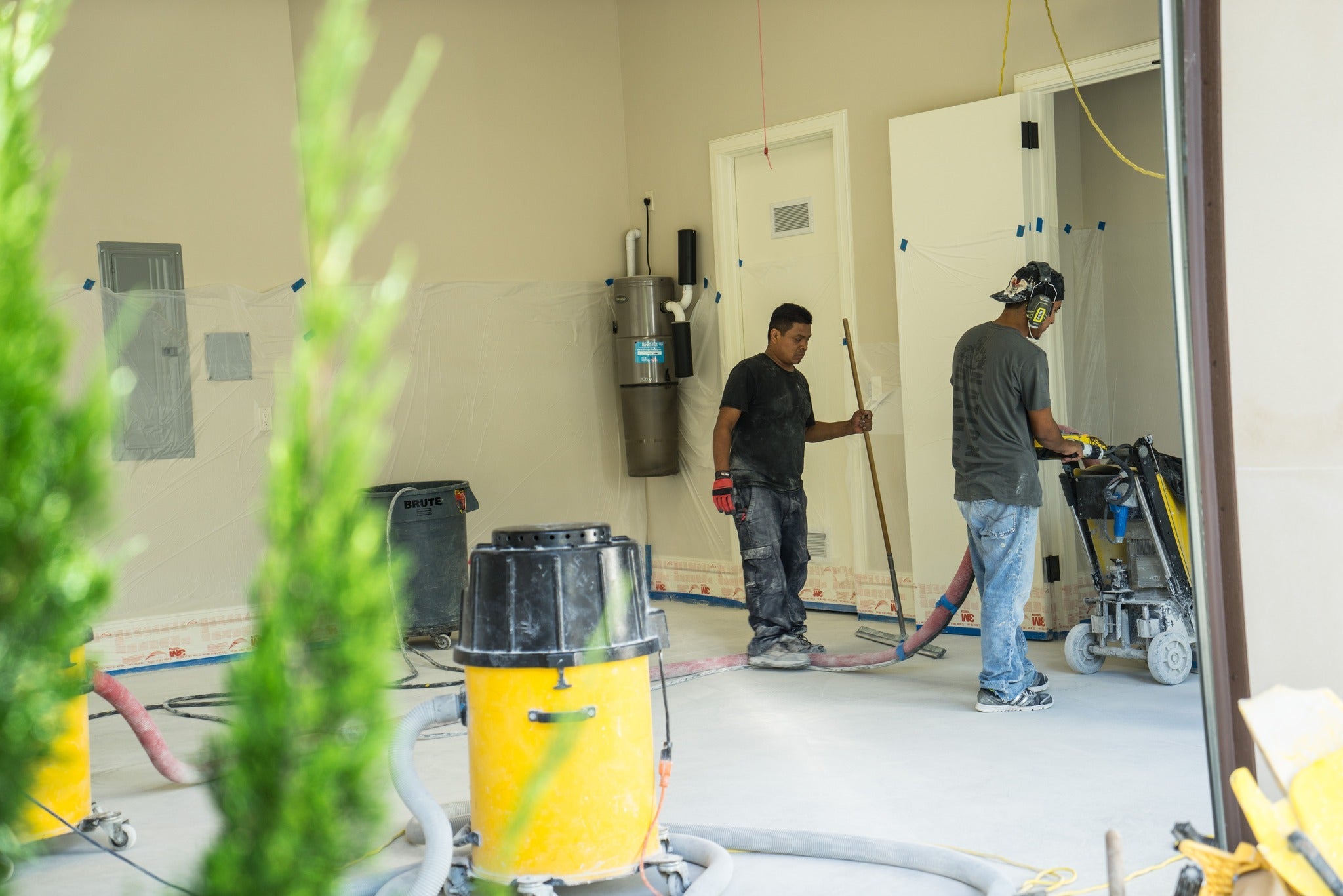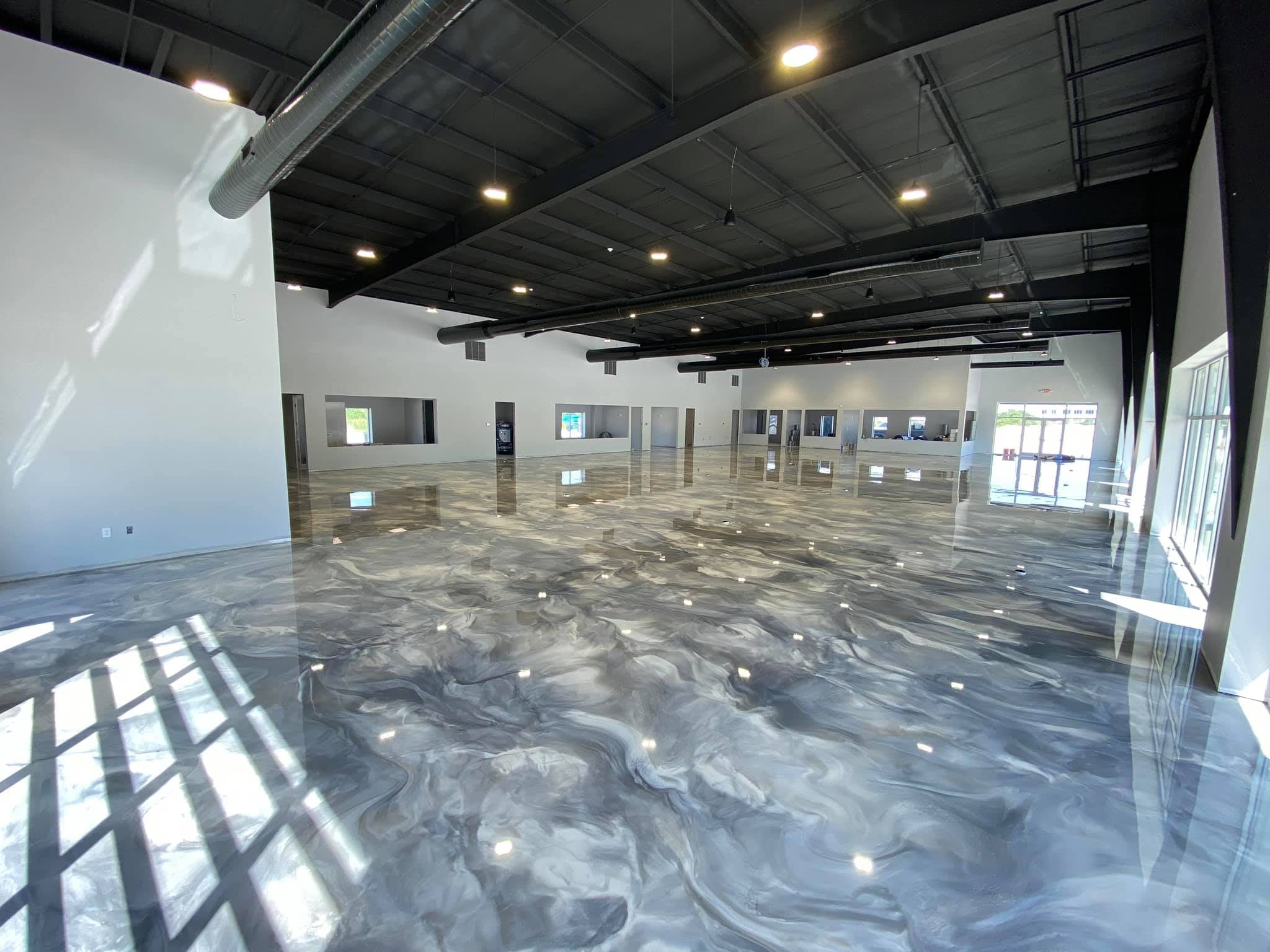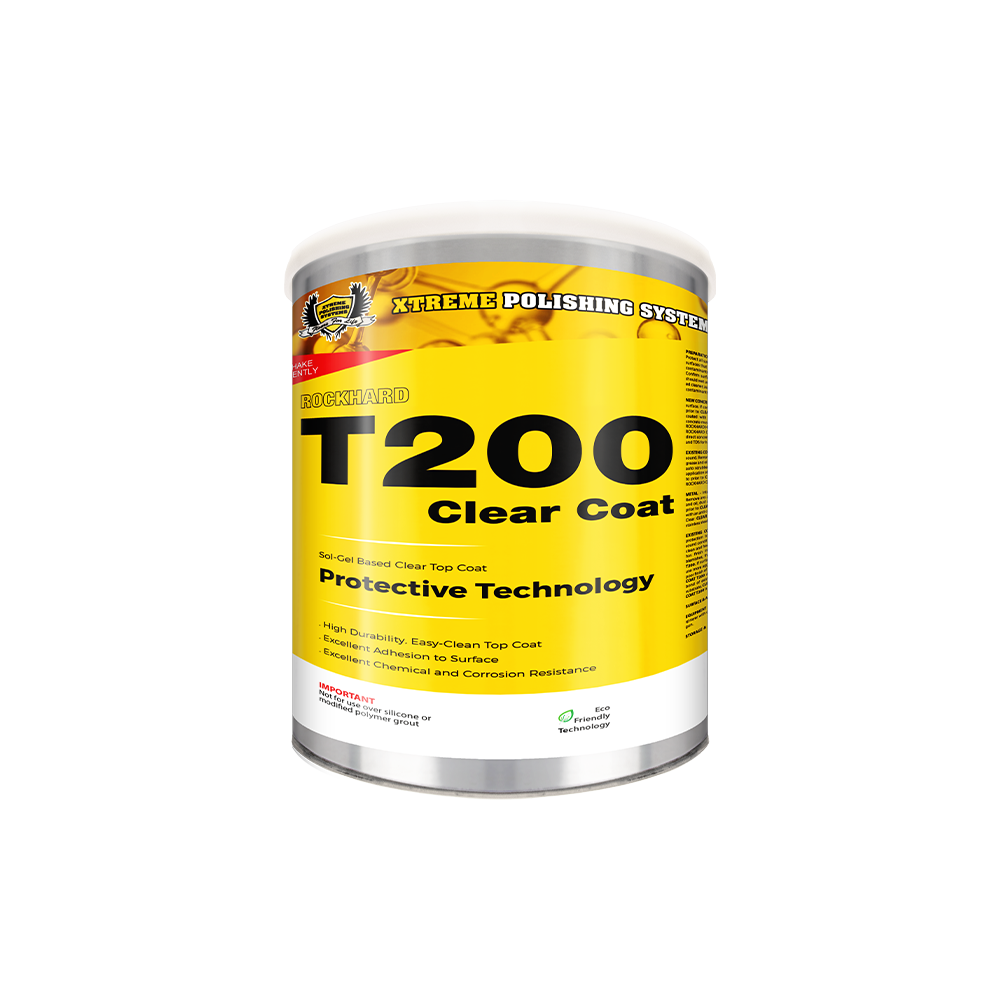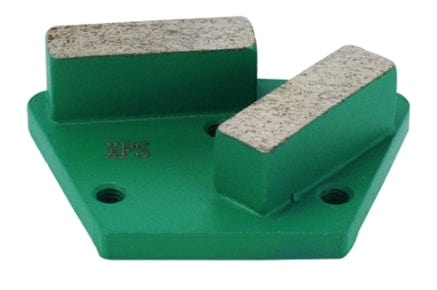In terms of prepping the concrete slab, acid etching is commonly known and considered to be one of the oldest methods used in the industry. So the question remains, is acid etching still considered a good preparation method for applying epoxy to concrete?
In this article, our experts help analyze the acid etching process so you will better understand why acid etching is no longer recommended by coating manufacturers for concrete surface preparation.
Surface Preparation: The Secret Formula
Before applying an epoxy coating system, it is crucial to prepare the concrete surface so the coating will mechanically bond to the concrete. It is fundamental there be a solid bond between the concrete slab and epoxy coating in order to prevent failed adhesion. Part of the durability of an epoxy coating is determined by how well it adheres to the concrete.
For quality adhesion, the surface must be free of laitance and contamination. Laitance is a weak, milky build-up that occurs when an excess of water makes its way to the surface of concrete slabs. Typically, this will result in an accumulation of tiny particles that contains cement dust, lime, and sand fines. In earlier times, the process of acid etching was used to resolve these types of issues.
What is Acid Etching?
Acid etching is a method used to treat a concrete slab by applying hydrochloric (muriatic) or phosphoric acid, then washing it away with water. Apart from some types of plastics, hydrochloric and muriatic acid eats through anything it touches, including clothes, metal, and skin. For this reason, modern concrete prep methods are considered to be much safer, Eco-friendly, and way more consistent than acid etching concrete. Today, most coating manufacturers do not recommend acid etching at all, and for a variety of reasons.
1. Acid Etching Results Are Not Consistent
While acid etching removes laitance, it cannot remove curing compounds or a multitude of other contaminants commonly found in industrial settings, such as oily deposits and water-insoluble materials, all of which can adversely affect the adhesion of a coating.
2. Concrete Acid Etching Produces Only a Minimal Profile
According to the International Concrete Repair Institute (ICRI), Concrete Surface Profile, or CSP, is a standard measure for assessing the ‘roughness’ of concrete surfaces. The CSPs can range from CSP-1 (the smoothest) up to CSP-9 (the roughest). Acid etching tends to create a CSP-1 to CSP-2 profile, which is only appropriate for coating systems with very thin layers, such as low solid systems and solvent-based coatings.
Nowadays, resinous flooring systems that are used in industrial, commercial, and institutional applications tend to be much thicker, have low emissions, and do not contain solvents. They also require CSP-3 to CSP-9 for best bond and performance, rendering acid etching obsolete. For a higher concrete strength percentage, contractors use mechanical concrete preparation methods, such as diamond grinding and shot blasting.
3. Acid Etching Can Damage Concrete Slabs
Acid etching solutions react chemically with concrete after being applied, however, this reaction is difficult to predict and control. When a concrete slab is exposed to acid etching, the acid solution breaks the balance between alkaline pH and the other materials that help make concrete hard and durable. Eventually, the concrete will begin falling apart so you may notice cracking and peeling start to occur. Over-etching can also take place when acid is applied to a concrete slab, resulting in a very porous surface. Once that acid solution has been washed from the surface, the water is more easily able to enter the porous slab. The potential result is corrosion which over time weakens the entire slab structure.
4. Acid Etching has a Negative Effect on Humans and the Environment
Any physical contact with certain acids can cause chemical burns or other injuries. There is a significant risk when handling acid-based products, including the possibility of inhaling harmful fumes. This can occur even with the use of safety gear and equipment. After the acid etching process has been applied, the concrete slab is then rinsed using water and that will neutralize the acid solution. Even so, many local and federal agencies have imposed restrictions on washing acid solutions, “neutralized” or not, down any drains because there is a major risk posed to waterways and the environment as a whole.
5. Acid Etching Likely Adds Time and Cost to your Project
All it takes is just one minor setback to occur for the potential of acid etching to add time and costs to your project. If just one of the previously mentioned issues were to occur, you would have no choice but to strip the surface and reapply the solution until you achieve success. This could result in additional spending on products and materials and also hinders any time-sensitive projects you may be trying to complete. Furthermore, the overall process of acid etching concrete means the slab will be saturated and epoxy coating systems cannot be applied to the surface until the moisture has completely dried. This automatically means that additional time has to be added to the surface preparation process and we already know, time is money.
Safer Alternatives to Acid Etching Concrete
The best alternative to prepping a concrete slab for an epoxy coating application is called mechanical grinding. Concrete grinding is when you utilize concrete equipment that is equipped with grinding tools (or discs) to remove the smooth top layer of a concrete slab. Concrete grinding makes controlling the surface profile easier, and it also helps to ensure a consistent result for the necessary texture to be achieved. Concrete grinding is the most efficient method for creating a rough surface profile for the epoxy coating to mechanically adhere to.
Concrete grinding can be achieved using industrial equipment such as concrete floor grinders and for smaller projects, hand-held angle grinders. Xtreme Polishing Systems’ extensive selection of flooring equipment and concrete machinery is precisely designed for any project size, whether it be residential, commercial, or industrial settings.
Conclusion
At Xtreme Polishing Systems, our mission is to provide you with the best possible and safest solutions to meet your facility's needs. Our network of professionals understands the concrete resurfacing and refinishing industry and will work with you to help ensure you achieve the best results for epoxy coating concrete surfaces.
Questions? We would love to hear them! Our professionals are readily available to answer all your questions and to provide you with concrete knowledge and industry expertise in the overall preparation and completion of a concrete floor project. Shop Online or Call (877) 958-5732 for all your concrete flooring needs!
